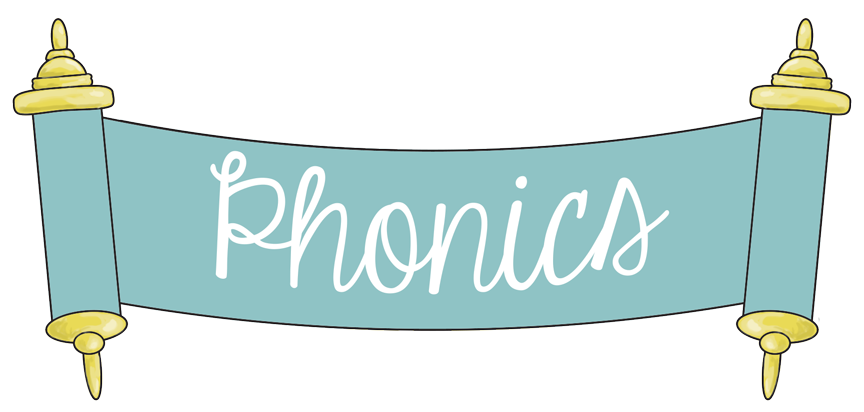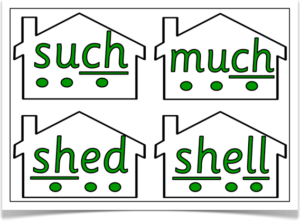To celebrate our children’s fantastic effort in their screening this week we decorated alien cookies on Friday!

“Learning, loving and encouraging through Christ.”
YEAR 1 PHONICS SCREENING 2017
INFORMATION AND GUIDANCE FOR PARENTS
At St Nicholas Academy we teach your children phonics. Our approach to learning phonics in Reception, Year 1 and Year 2 is through using Letters and Sounds: Principles and Practice of High Quality Phonics. We also follow a kinaesthetic approach in Reception where children are given an action to help them learn each different sound. This is an effective and interactive way for young learners to recall phonemes.
Letters and Sounds provides us with games and resources to support our teaching of phonics. It aims to build pupils’ speaking and listening skills, as well as prepare pupils to learn to read, by developing their phonic knowledge and skills. It sets out a detailed programme for teaching phonic skills, with the aim of pupils becoming fluent readers by age seven.
What is the phonics screening check?
The national phonics screening check was introduced in 2012 to all Year 1 pupils. It is a short, statutory assessment to ensure that children are making sufficient progress in the phonics skills to read words and are on track to become fluent readers who can enjoy reading for pleasure and for learning.
The check is not about passing or failing but checking appropriate progress is being made. If children do not reach the required standard, then we will be in touch to discuss plans and offer additional, tailored support to ensure that your child improves their reading skills.
Who is it for?
We will be able to administer the check during the week of the 12th to 16th June 2017. If a child is absent during that week, the school can administer the check up the following week.
How is the check structured?
The check consists of a list of 40 words, half real words and half nonsense words, the nonsense words will be shown to your child with a picture of an alien. This not only makes the check a bit more fun, but provides the children with a context for the nonsense word which is independent from any existing vocabulary they may have.
Is it stressful to test such young children?
The assessment will be age-appropriate, with children sitting with a teacher and reading one-to-one. It should be an enjoyable activity for children which will take no more than 10 minutes.
Does a teacher have to carry out the screening check?
Yes, Miss Common will carry out the check with the pupils in Year 1.
Why are nonsense words included in the screening check?
Nonsense words are an established assessment method of many schools, and are included in many phonics programmes. They are included because they will be new to all pupils, so there won’t be a bias to those with a good vocabulary knowledge or visual memory of words. This is a test of a child’s ability to decode using phonics. Children who can read non-words should have the skills to decode almost any unfamiliar word.
How long does the check take?
Every child is different but in most cases the check should take approximately 10 minutes per child but there is no time limit.
How will the results from the phonics screening check be used?
We have to inform parents towards the end of the summer term in Year 1 of their child’s results. We will let you know in our end of year summary report how your child did and if there is anything that you need to do to help your child improve. If your child does not reach the required level, we will tell you what provision we are going to be making at the end of Year 1 and beginning of Year 2 to help this be addressed and also how you can support us in developing this key skill.
How can I help my child?
In school we are continually checking your children’s phonic development within our approach to the assessment of reading. This screening forms part of our overall assessment procedure. However, there are a number of things that parents can do to support early reading skill development.
What shall I do if my child is struggling to decode?
Say each sound in the word from left to right.
Blend the sounds by pointing to each letter, i.e. /b/ in bat, or letter group, i.e. /igh/ in sigh, as you say the sound, then run your finger under the whole word as you say it.
Talk about the meaning if your child does not understand the word they have read.
Work at your child’s pace and have FUN!
Remember! We are here to help your child to do their very best and develop a fluency and love of reading.
 This Thursday we would like to invite all Year One Parents to an informal meeting about the phonics screening assessment that will take place during the week of the 12th June.
This Thursday we would like to invite all Year One Parents to an informal meeting about the phonics screening assessment that will take place during the week of the 12th June.
We would like to show you how we teach phonics in school, support yourselves in understanding what phonics is, and answer any questions about the screening.
Please feel free to bring your children as we would love them to show you how to learn through games and different activities!
3:15pm Badgers Classroom please try and attend!
Over Easter we would love you to support your children with their phonics and practise it everyday like we do in school.
Here are some websites that you might find useful, the children have to segment (sound out words) and then blend (say it altogether). There are real words and ‘alien’ words which are designed to see if the children can recognise the digraphs (like ai in rain). In school we encourage the children to put ‘sound buttons’ under the word so they take their time to segment and blend it.

Here you can see that the single sounds have a dot under them, and the digraphs ch, sh, ll have a line, this encourages the children to blend the words together.
Every day we are practising the phase 5 sounds with all children for 15 mins after lunch, this is in addition to their personalised phonics learning groups which range from phase 3-5
There is an older post on phonics if you scroll further down our Year One page which gives you detailed information about what phonics is and how we teach it.
Practise is the best way to support your child, they are working really hard on this in school and making excellent progress. We would love you to celebrate in their success and let them show you how fabulous your children are!
Here is a power point where you can give a few words each day to segment and blend. Phonics screening
This is a good website if you aren’t sure how you can support your child: https://blog.oxfordowl.co.uk/how-can-i-support-my-child-with-phonics-learning/
And this helps if you don’t know how we teach the sound in school! https://www.oxfordowl.co.uk/for-home/reading-owl/expert-help/the-year-1-phonics-screening-check/home/reading-site/expert-help/phonics-made-easy
Here are some games:
http://www.phonicsplay.co.uk/freeIndex.htm
We use phonics play in school so the children are used to the games, try and encourage them to use phase 5 sounds.
http://www.ictgames.com/foamPhonemes/index.html
http://www.ictgames.com/soundButtons/index.html
http://splash.abc.net.au/res/i/L7855/index.html
Letters and Sounds is a fun and interactive way to support children in learning how to read and write. Initially, for the children to learn their sounds we use a programme called Jolly Phonics. Jolly Phonics represents each sound with an action helping children to remember both more easily. Which is why your child might do an action when they say a sound! – watch here for the actions to help at home…
What is a phoneme?
The alphabet contains only 26 letters. Spoken English uses about 44 sounds (phonemes). These phonemes are represented by letters (graphemes). In other words, a sound can be represented by a letter (e.g. ‘s’ or ‘h’) or a group of letters (e.g. ‘th’ or ‘ear’). It is the smallest unit of sound and a piece of terminology that children like to use and should be taught. At first it will equate with a letter sound but later on will include the digraphs. For example `rain’ has three phonemes, / r / ai / n.
What is a grapheme?
A grapheme is a letter or a number of letters that represent a sound (phoneme) in a word. Another way to explain it is to say that a grapheme is a letter or letters that spell a sound in a word. E.g. /ee/,/ ea/, /ey/ all make the same phoneme but are spelt differently.
What is a digraph?
This is when two or more letters come together to make a phoneme. /oa/ makes the sound in boat.
What is blending?
Blending is the process that is involved in bringing the sounds together to make a word or a syllable and is how /c/ /a/ /t/ becomes cat.
To learn to read well children must be able to smoothly blend sounds together. Blending sounds fluidly helps to improve fluency when reading. Blending is more difficult to do with longer words so learning how to blend accurately from an early age is imperative.
Showing your child how to blend is important. Model how to ‘push’ sounds smoothly together without stopping at each individual sound.
What is segmenting?
Segmenting is a skill used in spelling. In order to spell the word cat, it is necessary to segment the word into its constituent sounds; c-a-t.
Children often understand segmenting as ‘chopping’ a word. Before writing a word young children need time to think about it, say the word several times, ‘chop’ the word and then write it. Once children have written the same word several times they won’t need to use these four steps as frequently.
Children will enjoy spelling if it feels like fun and if they feel good about themselves as spellers. We need, therefore, to be playful and positive in our approach – noticing and praising what children can do as well as helping them to correct their mistakes.
What are tricky words?
Tricky words are words that cannot be ‘sounded-out’ but need to be learned by heart. They don’t fit into the usual spelling patterns. Examples of these words are attached under each phase. In order to read simple sentences, it is necessary for children to know some words that have unusual or untaught spellings. It should be noted that, when teaching these words, it is important to always start with sounds already known in the word, then focus on the ‘tricky’ part.
Useful website letters and sounds games:
We hope you have found this post useful and please ask your class teacher if you have further questions.